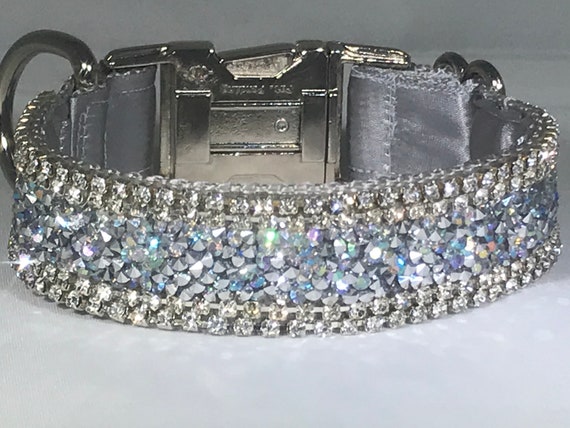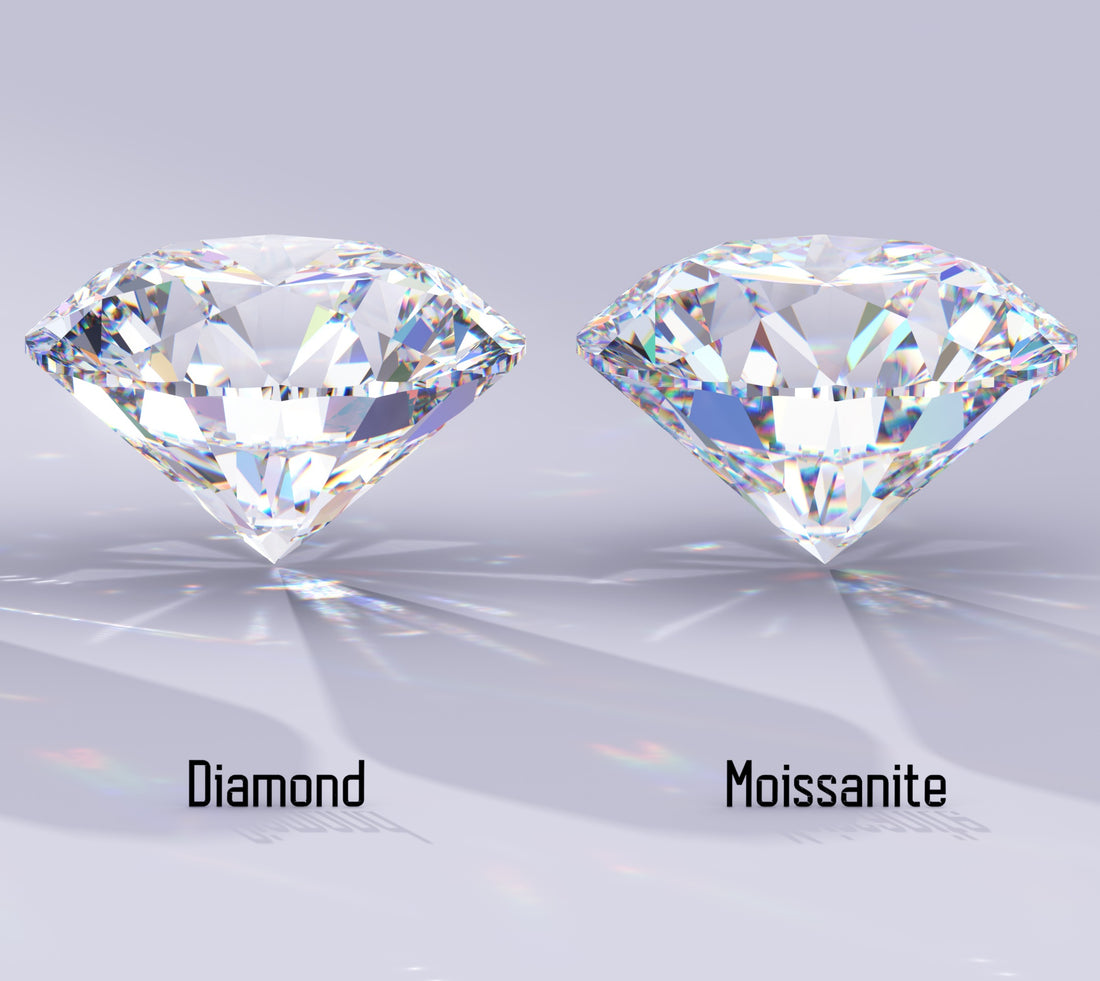Platinum vs. Gold Lab Diamond Rings: Which is the Best Choice?

When shopping for a lab diamond ring, one of the most important decisions you’ll face is selecting the right metal for the band. Among the most popular choices are platinum and gold, two metals that have long been associated with fine jewelry. However, when paired with lab-grown diamonds, each metal offers distinct benefits and considerations. In this article, we’ll compare platinum vs gold lab diamond rings, breaking down their characteristics, pros, cons, and helping you make the best decision for your needs.
Understanding Platinum and Gold Lab Diamond Rings
Lab-grown diamonds are real diamonds created in a lab rather than mined from the Earth. They have the same chemical, physical, and optical properties as natural diamonds but are often more affordable and sustainable. When paired with either platinum or gold, these lab diamonds can make for stunning, high-quality rings.
What is Platinum?
Platinum is a naturally white metal known for its durability and purity. It is one of the rarest metals in the world, making it a premium choice for fine jewelry. Platinum is highly resistant to corrosion and tarnish, making it an excellent option for those looking for a low-maintenance and long-lasting ring.
What is Gold?
Gold, on the other hand, has been a symbol of wealth and luxury for centuries. It is available in a variety of shades, from the traditional yellow gold to rose gold and white gold. Pure gold is relatively soft, which is why it’s often alloyed with other metals such as copper, silver, or palladium to improve its strength and durability.
Platinum vs. Gold: Key Differences
Choosing between platinum and gold for a lab diamond ring involves understanding how the two metals compare in terms of various factors, including durability, aesthetics, cost, and care requirements.
1. Durability and Longevity
- Platinum: Platinum is incredibly durable and dense, meaning it is less likely to bend, scratch, or tarnish over time. It is a hypoallergenic metal, making it an excellent choice for those with sensitive skin. The density of platinum also means that it holds its weight over time, so a platinum ring may last longer without showing significant wear.
- Gold: While gold is also durable, it is softer than platinum, especially in its pure form. To increase its strength, it’s typically alloyed with other metals. The durability of gold largely depends on its karat value (24K, 18K, etc.). 18K gold, which is commonly used in jewelry, strikes a balance between purity and strength. Over time, gold may show signs of wear, such as scratches, and may require more frequent polishing.
2. Aesthetic Appeal
- Platinum: Platinum’s naturally white sheen is often favored for its sleek and modern appearance. It doesn’t require plating like white gold does, so its color remains constant over time. Platinum’s subtle shine also tends to highlight the brilliance of the lab-grown diamond, making it a popular choice for engagement rings and fine jewelry.
- Gold: Gold offers a wide range of aesthetic options. Yellow gold has a classic, warm tone that appeals to traditionalists, while rose gold offers a romantic, vintage feel. White gold, though similar to platinum in appearance, may require periodic rhodium plating to maintain its white color. Gold’s versatility in color makes it suitable for different personal styles.
3. Cost Considerations
- Platinum: Platinum is significantly more expensive than gold due to its rarity and density. The higher cost of platinum rings is often justified by their durability, as platinum is less likely to require repairs or refinishing over time. Additionally, platinum’s heavier weight often makes it feel more luxurious.
- Gold: Gold is generally more affordable than platinum, especially when comparing 14K or 18K gold to platinum. While gold offers excellent value, its price can still vary based on the karat weight, color, and craftsmanship of the ring. If you’re looking for a balance between affordability and quality, gold is often the more budget-friendly choice.
4. Maintenance and Care
- Platinum: One of the key selling points of platinum is its low-maintenance nature. It doesn’t require frequent re-plating, and scratches that do occur often add character to the ring. Over time, platinum may develop a “patina” – a subtle sheen that some people find appealing. However, if you prefer a shinier appearance, a quick polish will restore its original luster.
- Gold: Gold, particularly white gold, often needs more maintenance. Over time, white gold may lose its shiny surface and require rhodium plating to maintain its bright, silvery-white finish. Yellow and rose gold, however, don’t require plating but can show scratches and wear more easily. Regular polishing and cleaning can help maintain the appearance of a gold ring.
5. Sustainability
- Platinum: Platinum’s natural scarcity makes it a more sustainable choice for those concerned with environmental impact. Since platinum requires fewer refinements and processes to extract, it is often seen as a more eco-friendly option.
- Gold: lab grown diamonds is becoming more popular, and when sourced responsibly, gold can be a sustainable option as well. However, traditional gold mining can have significant environmental consequences, so it’s important to verify the ethical sourcing of the gold used in a lab diamond ring.
Pros and Cons of Platinum Lab Diamond Rings
Pros:
- Highly durable and resistant to tarnishing
- Maintains its appearance without frequent replating
- Ideal for those with sensitive skin due to its hypoallergenic properties
- Adds a luxurious weight and feel to the ring
Cons:
- Higher cost compared to gold
- Heavier weight, which may not be preferred by some
Pros and Cons of Gold Lab Diamond Rings
Pros:
- Affordable and widely available
- Variety of colors to choose from (yellow, white, rose gold)
- Lighter weight, which some people prefer
- Suitable for all types of budgets
Cons:
- Gold can scratch and show wear more easily than platinum
- Requires more maintenance, especially white gold (plating)
Which Metal is Right for You?
When choosing between platinum and gold for your lab diamond ring, it ultimately comes down to personal preference and priorities. If you’re looking for durability, a sleek, modern look, and are willing to invest in a long-lasting piece, platinum is a great choice. However, if you’re on a budget or prefer the warmth of yellow or rose gold, gold offers a stunning and affordable alternative.
Consider Your Style and Lifestyle
Think about how your ring will fit into your everyday life. For those with active lifestyles or jobs that expose them to wear and tear, platinum’s durability may be the better choice. On the other hand, if you prefer a lighter, more versatile ring or one with a unique color like rose gold, gold might suit your needs better.
Conclusion
Both platinum and gold are excellent choices for lab diamond rings, each offering unique benefits depending on your needs. Whether you’re drawn to platinum’s strength and timeless elegance or gold’s affordability and versatility, both metals pair beautifully with lab-grown diamonds. By considering factors like durability, aesthetics, cost, and maintenance, you can select the perfect metal for your ring that matches your style and lifestyle.







